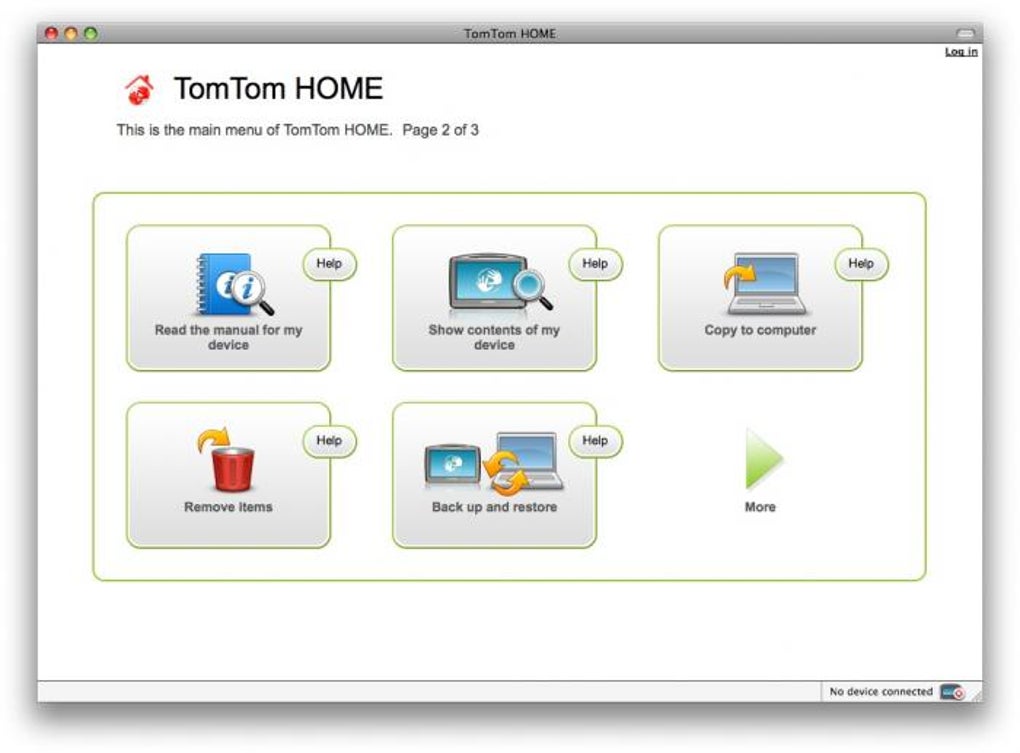

Without meaning to bang the Toontrack drum too hard, the best of them, to our mind, are the extraordinary Hitmaker SDX and Rooms of Hansa SDX, which feature all of the above and both sound incredible.Īnd why stop there when you can get stuck into even more radical tom-tom alternatives? Timbales, timpani, taiko drums and anything else that essentially comprises a snare-less, stick- (as opposed to hand-) played drum of any kind might be just the percussive curveball your latest track is crying out for. We’re talking Octabans, Rototoms and concert toms, and while such oddities aren’t easy to find in sampled form, there are a few libraries that take them in. The history of drum manufacture is studded with occasional attempts at reinventing or modifying the tom-tom, some of them still relevant and well worth seeking out. Of course, you don’t have to do this all the way through a track – it can be saved for points at which a change in energy is needed, such as the middle eight or chorus.

Include Them In The GrooveĪs suggested in the intro, most of the time, tom-toms are used as embellishing elements, reserved for fills and little more, but integrating the odd tom hit into the main groove (a flick of a rack tom on the last offbeat in every bar, for example) is a quick and easy way to up the complexity and interest of the part without detracting from the all-important backbeat. If you’re recording in the real world, this will be less readily tweakable as it is with a sampled kit, so make sure the recording space is as dry as possible – it’s far easier to add reverb than it is to take it away.Īs for the stick/body balance and broader tone of the toms, this can be tailored with EQ (boxiness and mud will usually need sorting out), compression (use the attack time to emphasise or de-emphasise the stick), and perhaps microphone levels if your toms have been simultaneously captured through spot mics and overheads. And speaking of reverb, dryness is another dimension to think about with your toms. Do bear in mind that your drums might have reverb added at some point, so always set up your envelopes with that added tail in mind (or return to it afterwards). We will, however, mention one nifty trick that works particularly well on smaller tom-toms: loosen one lug a little after you’ve found the tuning you want to add a pleasing downward pitch bend.ĭecay time is easily manipulated through the use of damping tape or pads on real drums, and amp and/or filter envelopes in sampled instruments. When it comes to the physical process of tuning real drums, there are plenty of guides to be found online, so we won’t get into specifics here. Very generally speaking, rock music will demand bigger, boomier, deeper toms (12“ and 13” racks and a 16” floor) than, say, pop, R&B or jazz, which tend to feature smaller, tighter, more melodic sizes (10“ and 12” racks, 14” floor).įor tuning, it’s fairly standard practice to pitch the toms apart from each other in fourths, but don’t be shy about experimenting – if it sounds good, it is good. The size of a tom-tom determines its pitch range, as well as the broader depth and colour of its sound: an 8 or 10” tom delivers a very different tonality and resonance to a 12 or 13” rack tom, let alone a 14 or 16” floor tom. There’s never a right or wrong answer to this, naturally, but things to consider include the sizes of the drums, as well as their tuning, decay time and tonal character, the last largely defined by the blend of initial stick (head) sound and ‘body’.
Tomtom home 2 does not recognize my device how to#
Whether you’re recording live drums or programming/triggering a multisampled kit such as Superior Drummer, EZdrummer or BFD, key to successfully capturing, deploying and mixing tom-toms is knowing how to get the right sound out of them for the track in question. Understand What Makes A Good Tom-Tom Sound There’s far more to the humble toms than merely serving as an occasional rhythmic condiment, though, so here are some things you can do to get more out of them and perhaps bring a new sense of percussive identity to your tracks in the process. Unless you’re a drummer, tom-toms are probably something you give very little thought to, calling on them in your drum kit recording or programming ventures only when something more extravagant than the snare is required in a fill or break of some sort.


 0 kommentar(er)
0 kommentar(er)
